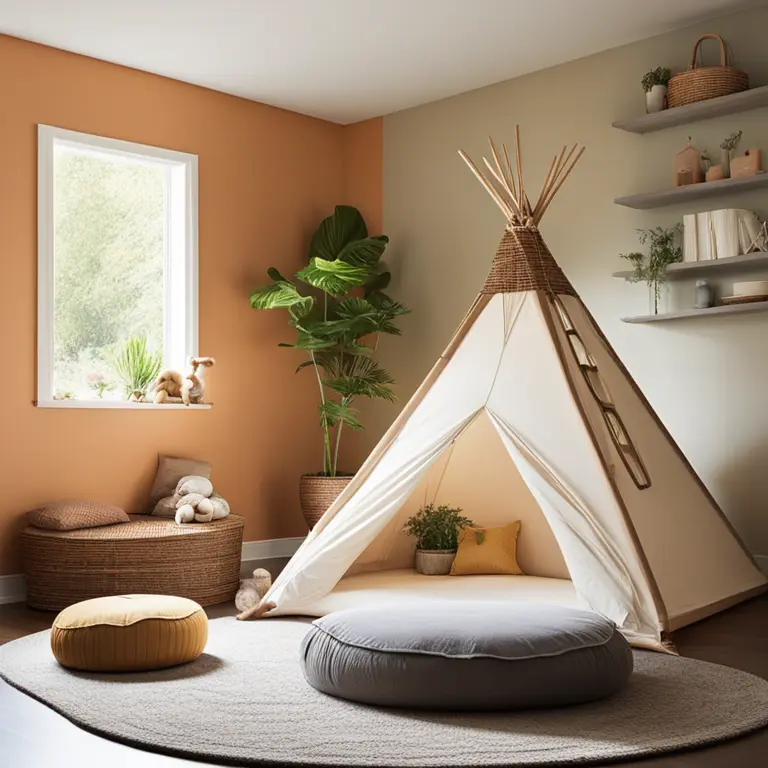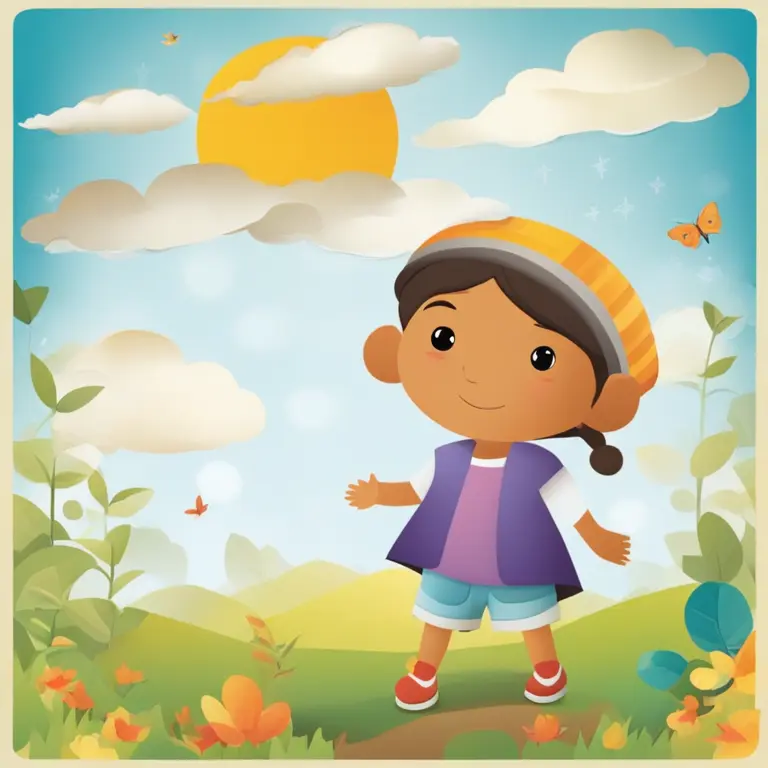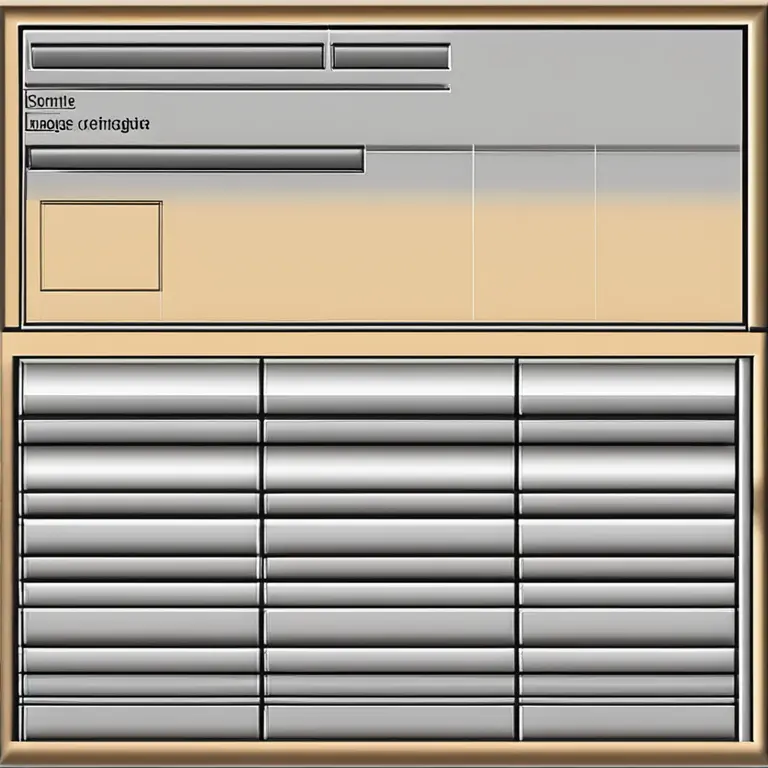
Mindful Moments: Meditation Tips for 3rd Grade Students
Introduce the practice of mindfulness meditation to help third graders navigate emotions and stress, with age-appropriate techniques for focus and calm.
article by Hina Kurosawa
Introduction to Mindfulness for Kids
Meditation isn't just for adults. Even young students can benefit from the calm and focus that mindfulness practices bring. But how can we make such an abstract concept engaging for 3rd graders? It starts with simplification and relatable experiences. Mindfulness for this age group revolves around awareness of thoughts, feelings, and sensations in an approachable, fun manner. By participating in meditation exercises, children can start to understand their internal world better and gain skills that will aid them well beyond the classroom walls.

Creating a Comfortable Space
Before delving into mindfulness meditation, it's crucial to establish a peaceful environment. This can be a dedicated corner of the classroom or a quiet space at home. The area should be free from distractions and equipped with comfortable seating options like cushions or mats. Encouraging kids to help set up this meditation space can make the experience more personal and enjoyable for them, fostering a sense of ownership and excitement about the practice.

Easy Breathing Exercises
The foundation of mindfulness is the breath. Teaching third graders to focus on their breathing can be made fun by incorporating visuals, like imagining a balloon inflating and deflating in their belly. Encourage them to breathe in through their nose and out through their mouth, guiding them through a few rounds of slow, deep breaths. This simple exercise can help center their attention and bring them into the present moment.

Guided Imagery for Focus
To capture the imagination of young students, guided imagery can be an effective tool. Use stories and scenarios that pique their interest—for instance, walking them through a forest adventure or a journey to the stars. These narratives not only sustain their attention but can also teach valuable lessons about nature and the universe, tying into the broader themes of your palmistry and astrology website.

Practice Session Length
Attention spans vary greatly among 3rd graders, so it's important to tailor the length of meditation sessions accordingly. Starting with short intervals of 3-5 minutes can help them adjust to the practice without becoming restless. As they get more familiar with meditation, you can gradually increase the duration. It's about creating a positive experience, not overwhelming them with rigid expectations.
Incorporating Movement
Mindfulness meditation doesn't always mean sitting still. Movement can feel more natural to energetic 8 and 9-year-olds. Yoga or simple stretching exercises can be a part of the practice, helping them to connect with their bodies. These movements can be synchronized with their breathing for an integrated mind-body meditation experience.
Regular Practice and Patience
Like any new skill, mindfulness takes time to develop. Encourage 3rd graders to practice regularly, whether it's a daily session in the classroom or a weekly family activity at home. Be patient and praise their efforts rather than their proficiency in meditation. Even a few moments of stillness can be a victory worth celebrating for a young child.
Bringing Mindfulness into Daily Life
Finally, tie the lessons of mindfulness into daily activities. Remind children to take deep breaths when they're feeling overwhelmed or to pause and observe their surroundings when they're outside. These small acts can deepen their understanding of mindfulness and its benefits, fostering a lifelong skill that promotes emotional well-being.
Published: 1/18/2024
Modified: 1/18/2024
More predictions
Come back here soon to learn more about yourself and your future


Can Meditation Manage Depression?
Discover how meditation can contribute to managing depression, its potential benefits, and the connection between mindfulness and mental health.


Easing Pain With Mindfulness Meditation
Discover how meditation can be a powerful tool for pain management, offering natural relief and mind-body harmony.


The Significance of Modern Meditation
Discover the crucial role meditation plays in fostering well-being, focus, and balance in today's fast-paced world.